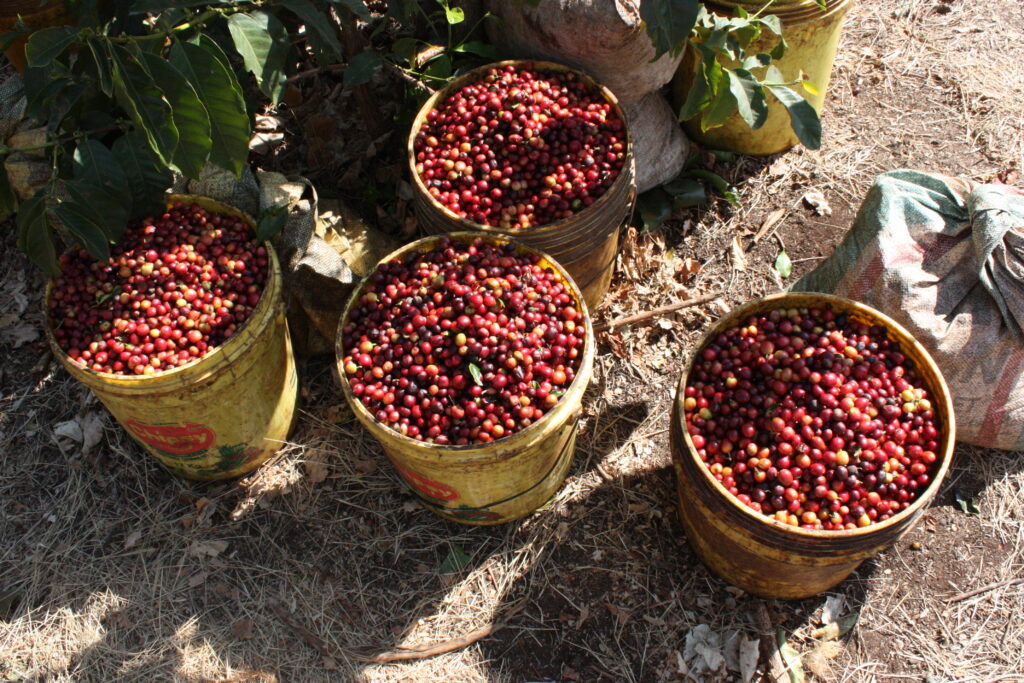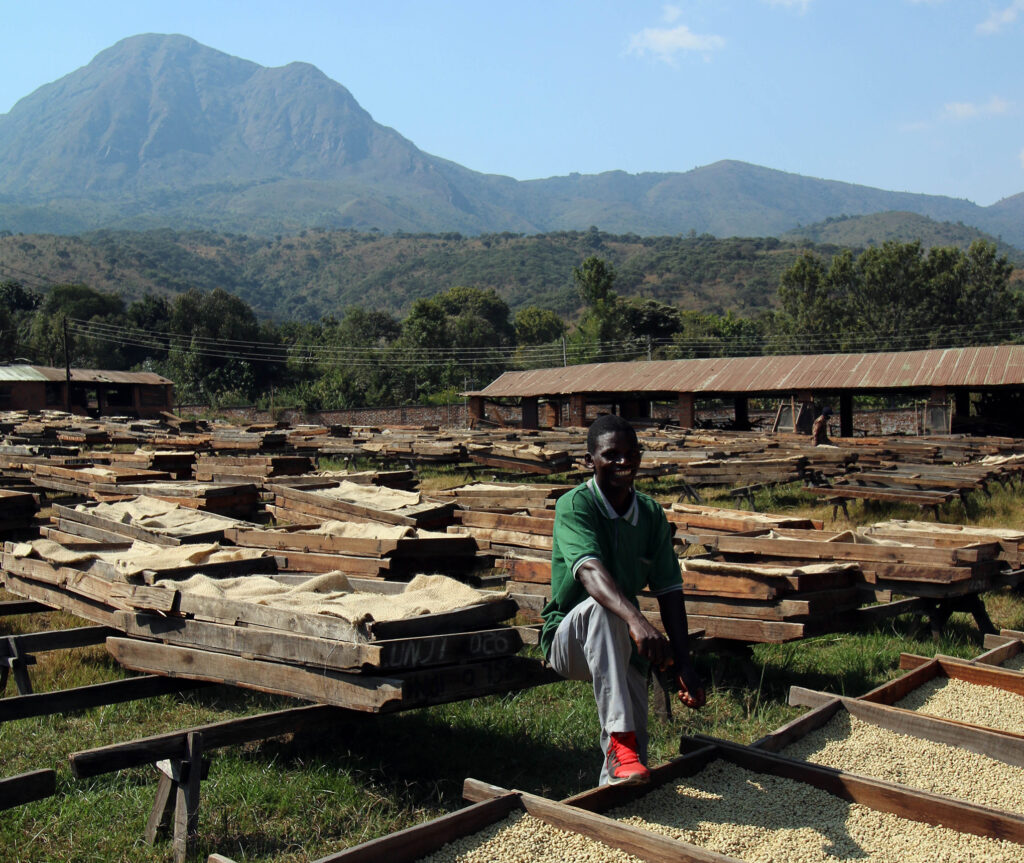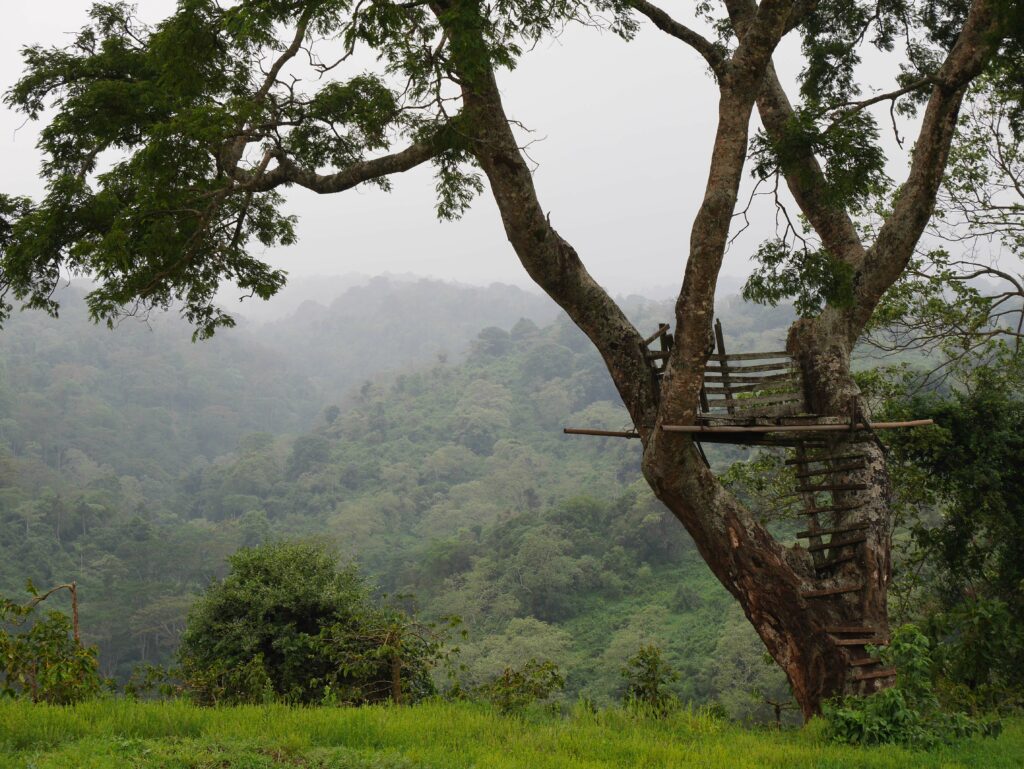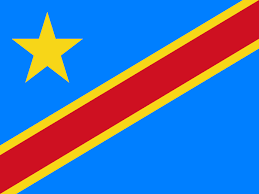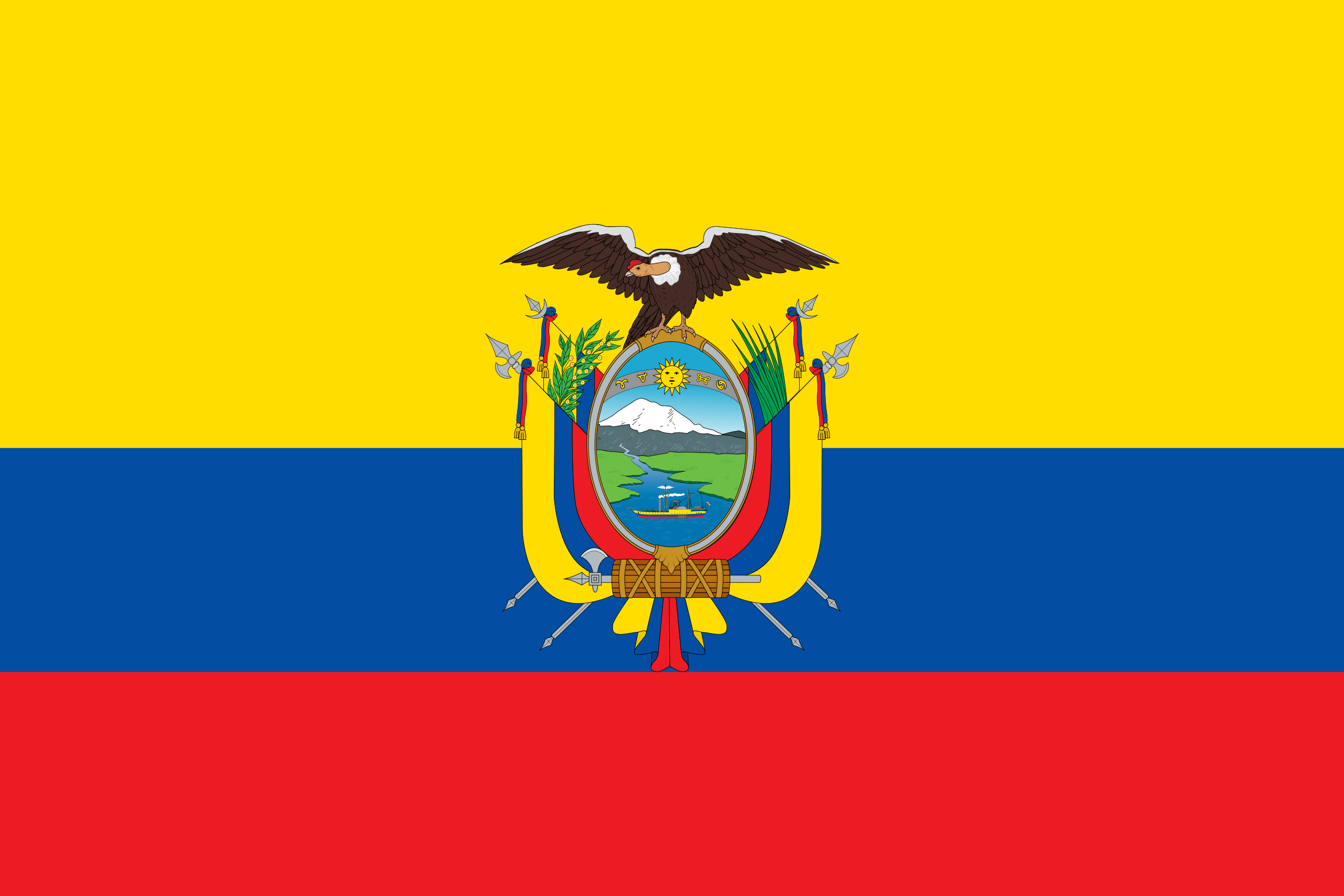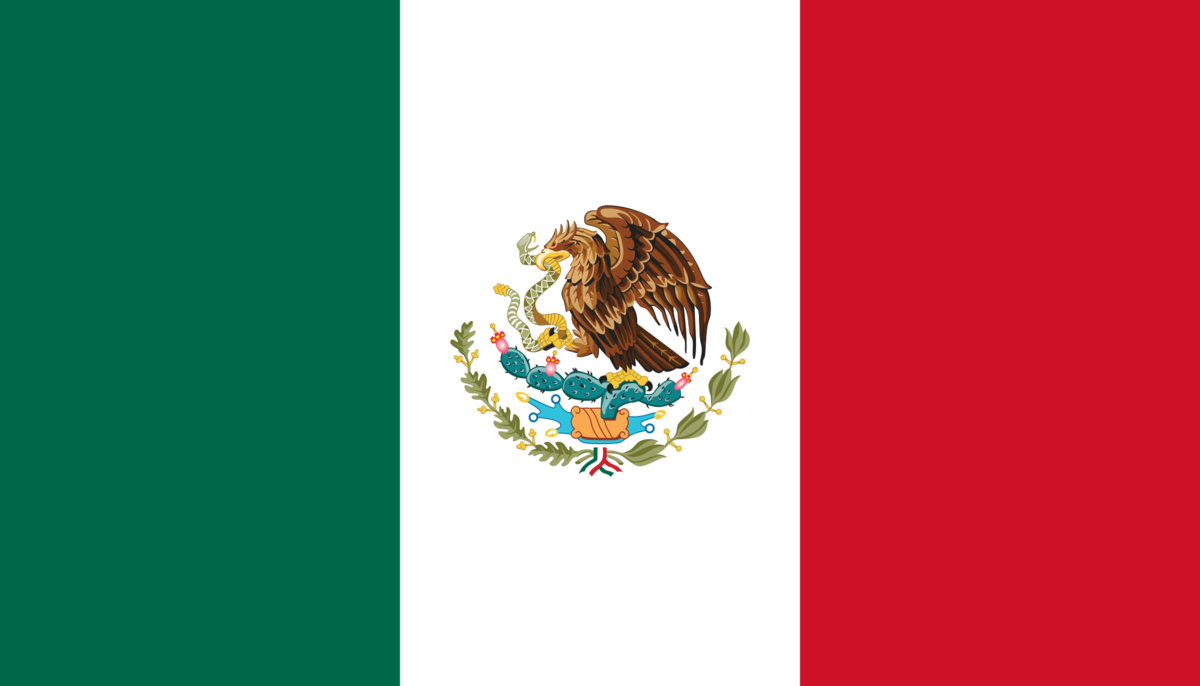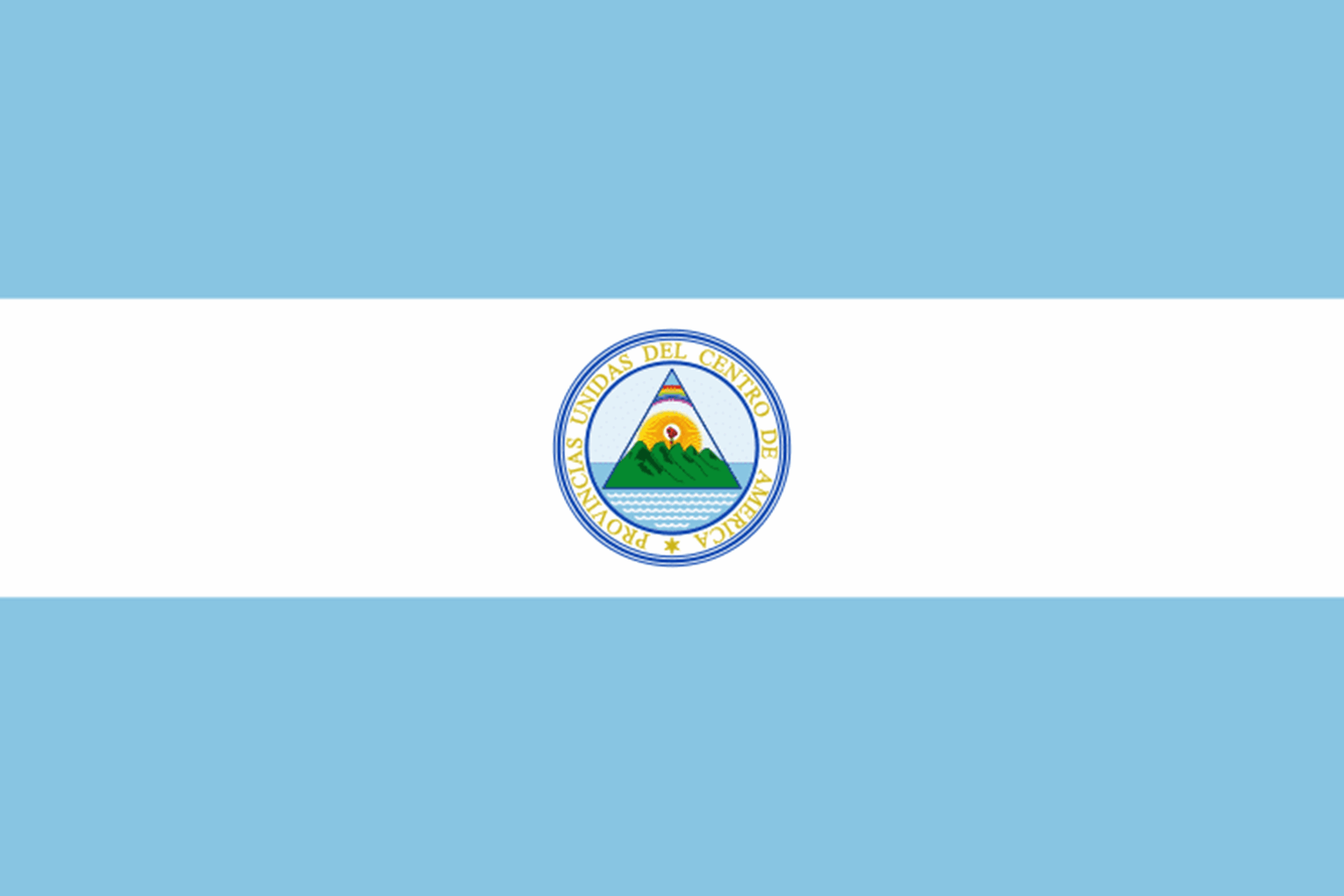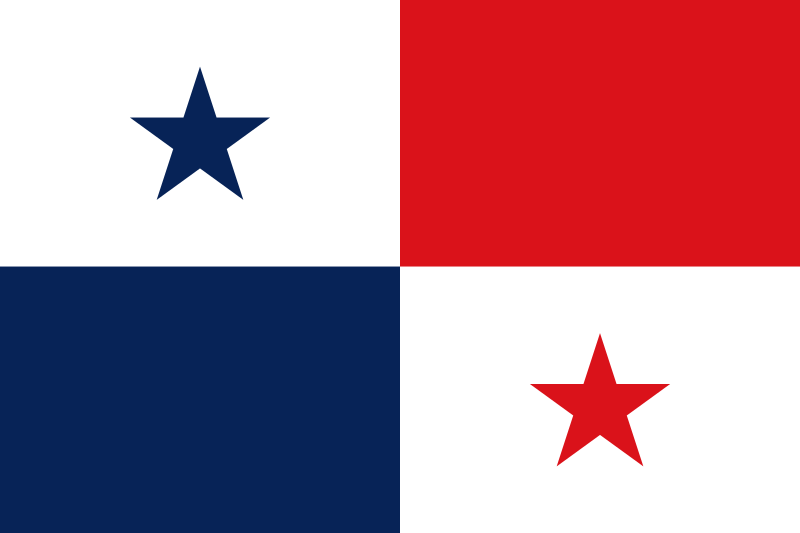Neighboring Kenya, Tanzania produces similar quality coffee and is comprised primarily of smallholder producers.
Kenya’s less well-known neighbour produces an astoundingly similar-tasting coffee in a somewhat similar landscape. Coffee is marketed by both an auction system organised by the Tanzania Coffee Board (TCB) and direct sale.
View Coffees-
Place In World For Coffee Exporter14th
-
Sacks (60kg) exported annuallyApprox: 1,069,000
-
Percentage of world coffee marketLess than 1%
-
Other major agricultural exportsTobacco, Cashew nuts, Cotton, Sesame seed
-
Estimated number of families relying on coffee for livelihood?400,00 families or more
-
Typical varieties producedBourbon, Kent, Blue Mountain, Typica, Nyassa & N39
-
Key coffee regionsMara, Kilimanjaro, Ruvuma, Mbeya, Kigoma, Arusha, Manyara, Bukoba & Kagera
-
Typical harvest timesJuly - December
-
Typically availableFebruary
